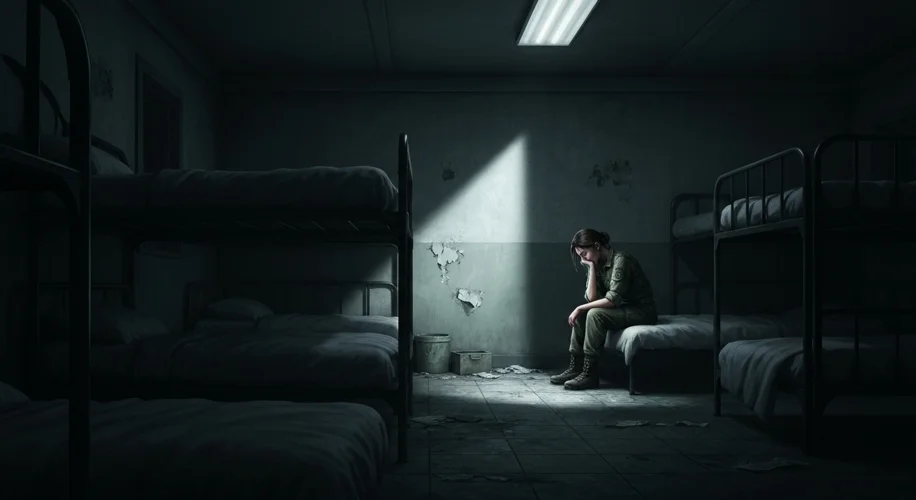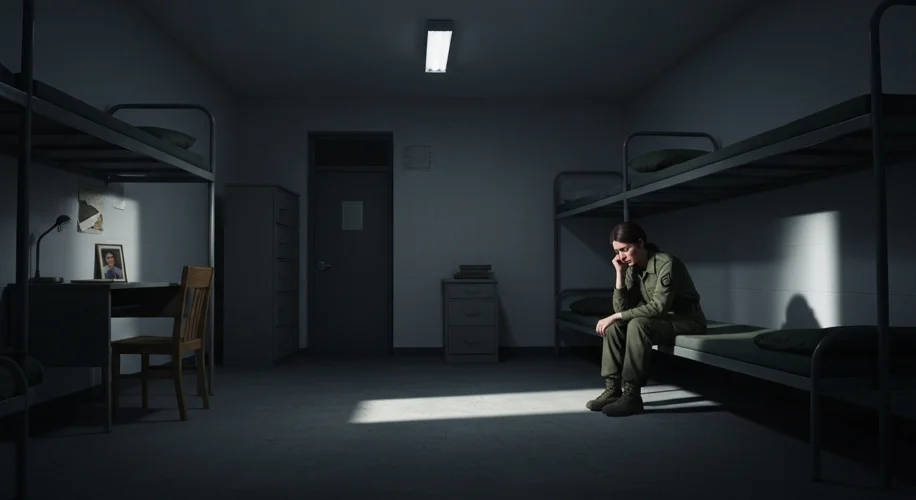In the quiet, regimented world of military life, trust is not merely a virtue; it is the bedrock upon which survival and mission success are built. Yet, for a harrowing eighteen-month stretch at Fort Hood, Texas, that bedrock was systematically eroded, leaving a trail of shattered lives and an enduring legacy of betrayal. This is the story of a predator who stalked the barracks, the profound institutional failures that allowed him to do so, and the courage of the women who fought to expose a truth the system desperately tried to bury.
The whispers began subtly, murmurs of unease among female soldiers. In the sterile confines of their barracks, a place meant to be a sanctuary, a terrifying reality was unfolding. Between 2009 and 2012, a shadow moved through the halls, a predator with an insidious agenda, targeting women in their own beds. The victims, often young and away from home for the first time, found themselves in a nightmare that no amount of training could have prepared them for.
The sheer audacity of the crimes—rapes committed within the very heart of the military installation—was staggering. But what made this tragedy even more profound was the deafening silence from those in command. Despite mounting evidence and the growing terror among the female population, official action was sluggish, and perhaps more damningly, information was withheld. The very mechanisms designed to protect soldiers were failing them, creating an atmosphere of fear and disbelief.

At the center of this narrative are the women who suffered. Their stories, often dismissed or downplayed, are testaments to resilience. They faced not only the trauma of assault but also the insidious disbelief and the bureaucratic labyrinth that followed. Many reported their assaults, only to be met with skepticism, intrusive investigations, or the chilling realization that their attacker was still free, still a threat.
The key actors in this unfolding drama were not just the perpetrator, but the chain of command, the investigators, and the legal system that seemed more concerned with reputation management than with justice. The military’s culture, often characterized by a ‘mission first’ mentality, appeared to inadvertently—or perhaps deliberately—prioritize the operational readiness and public image of Fort Hood over the safety and well-being of its female soldiers. This created a critical blind spot, a failure to acknowledge the severity of the threat until it was too late for too many.
The period between 2009 and 2012 at Fort Hood became a dark chapter. While the exact number of victims and the timeline of official awareness remain subjects of ongoing scrutiny, the pattern was undeniable: a predator operating with impunity, and an institution struggling to reconcile its duty of care with its ingrained hierarchical structures. The lack of transparency was palpable. Families were not warned, and the broader military community remained largely unaware of the danger lurking within one of its largest posts.
The consequences of this prolonged period of neglect were devastating. Beyond the immediate physical and psychological trauma inflicted upon the victims, there was a deep, corrosive erosion of trust. Soldiers began to question the very system they had sworn to uphold. The sense of betrayal was profound, leaving many feeling abandoned and unprotected by the institution they had joined with pride and patriotism.

In the aftermath, investigations and congressional hearings revealed systemic failures. Recommendations were made, policies were reviewed, and accountability measures were put in place. However, the scars of this period run deep. It highlighted a pervasive issue within military culture: the inadequate response to sexual assault and harassment, and the challenges victims face in seeking justice. The

